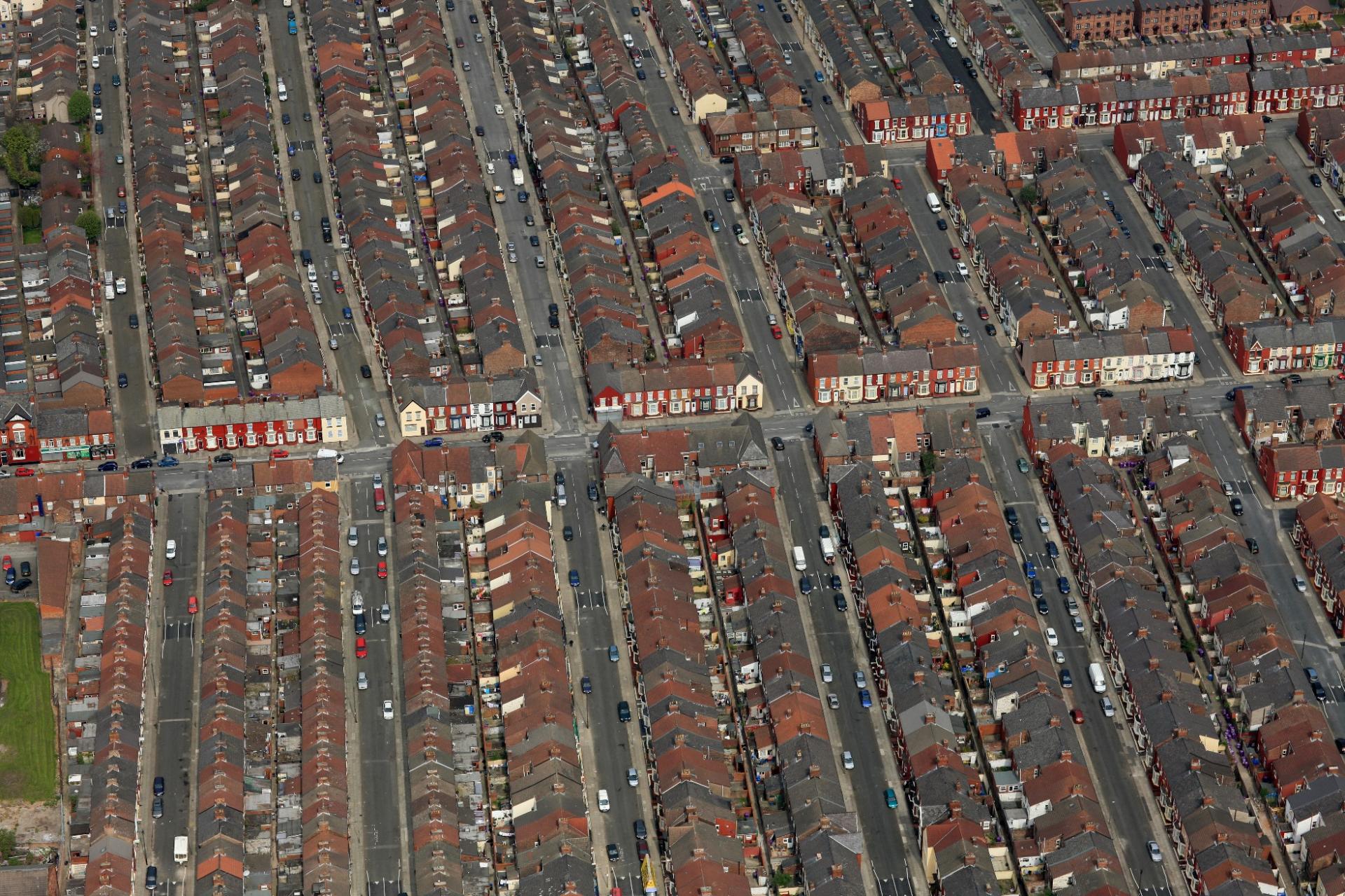Our install was pricey. I gave some numbers earlier. About £24k all up I think but for a system that is 2-3x the capacity of a typical 4kW system. There was about £18k of materials cost in that. I know as I chose or approved all the components that went into it. We bought premium parts with long warranties and top quality build then Covid supply shortages meant no chance of discounts on the parts.
24 panels on one single roof face plus the wiring up basically took 2 guys and an apprentice a solid week. A skilled sparky came in extra for a full day to swap the consumer unit and later half a man day to build and integrate the battery stack.
Re the optimisers, waste of money if the panels aren't shaded.
Re the two string inverter, this is pretty standard. Three very different roof faces would need 3 strings and that might push you to two inverters. 2 inverters together imposes some limitations compared to using just one but a good basic 3kW inverter isn't more than £1,000
Take a good look at the components proposed by your different bidders. That's where a lot of them will be cutting costs. They will use cheap brands and limited capacities.
Thanks for this information Sideways.
I thought the optimisers didn`t make sense and my thinking is that it is a more things on the roof that could fail and are hard to access, similar issue with the Solar edge system or the micro inverters like enphase.
Your point about the components is important, we have already thrown out a few of quotes for this very reason they did not specify the exact parts to be used, and when asked could not confirm. One lot advertised one companies stuff but then on the detailed sheet it was all different cheaper stuff.
Another company who shall remain nameless said that they had thier own panels made to a bespoke specification, a 5 minute part number search found this to be an absolute lie, they were a very high spec panel, made by a respected manufacturer but they were just standard off the shelf units. They even had the cheek to just use the manufacturers exact spec sheets and graphs etc. My problem there is just the lie, the panels were a great spec with long warranty. I think a lot of people don`t notice details or check stuff so they get away with it.
When I asked them about it they had no answer, like 5 year olds covered in chocolate saying they have certainly not eaten the kit kats.
It is a bit disconcerting that there are so many options being proposed. At this point I would almost rather get an independent expert to design the system with no connection to any installation outfit.
I think we can get 4 panels on each side for 12 total and with a largeish battery should be enough for for our fairly low usage except in the dead of winter and with the octopus flex tarrif we will buy at cheap rate to top up in winter. Long term it is certainly a wise move but we need to find the right system.
Ollie
















